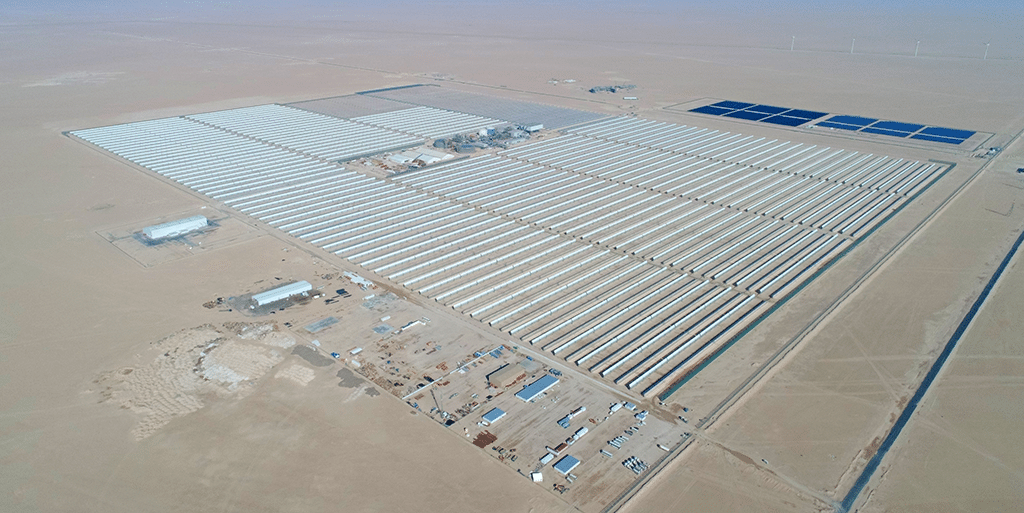By Ali Hamza
KUWAIT: As Kuwait experiences a faster rise in average temperatures compared to the global average, numerous reports suggest that many parts of the country will become uninhabitable in the coming decades. According to the Environment Public Authority, certain areas of Kuwait could experience temperature increases of up to 4.5 degrees Celsius above the historical average, rendering large portions of the country unsuitable for human habitation. Additionally, according to statistics from Our World Data, Kuwait ranks third in the world for electricity consumption per capita, with a staggering 19,433 kWh per person.
This high electricity demand is primarily met through fossil fuels in power plants, contributing significantly to carbon emissions. Kuwait also faces a substantial water consumption rate, with 61 percent of its water produced through energy-intensive desalination processes, releasing greenhouse gases into the atmosphere. These gases, acting as greenhouse gases, trap heat from the sun, exacerbating the temperature rise. Kuwait’s economy heavily relies on the oil sector, which involves the burning of fossil fuels and further contributes to greenhouse gas emissions.
In 2021, Kuwait’s per capita CO2 emissions reached 22.49 tons, making it one of the countries with the highest carbon emissions per capita. Consequently, Kuwait currently ranks as one of the most polluted countries globally, ranking seventh for air quality. Addressing the impending environmental disaster in Kuwait requires concerted efforts and innovative solutions. While the country heavily depends on oil and gas production, reducing greenhouse gas emissions is essential. Technologies like Direct Air Capture (DAC) offer the ability to capture CO2 directly from the atmosphere, regardless of location, for storage or other uses.
Given the substantial greenhouse gas emissions from the oil and gas industry, adopting Carbon Capture and Storage (CCS) technology to capture CO2 emissions from industrial processes and power plants can help mitigate emissions while allowing continued hydrocarbon production. Kuwait’s significant reliance on desalination for fresh drinking water poses another challenge. To reduce greenhouse gas emissions associated with desalination, Kuwait can transition to more renewable energy sources, such as solar thermal desalination.
Kuwait’s flat and open terrain provides an ideal setting for wind power generation. Installing wind turbines strategically can harness wind energy and convert it into electricity. Moreover, investments in large-scale solar panels can lead to hybrid electricity systems, combining multiple renewable energy sources like wind and solar with energy storage systems for a more stable energy supply. Promoting electric-powered vehicles, such as electric buses and installing charging stations in parking lots, can further reduce carbon emissions.
Several companies have already initiated projects to promote renewable energy sources in Kuwait. For example, KOC’s Sidrah 500 project is a large-scale photovoltaic solar energy initiative with the capacity to generate 10 MW of electric power from solar energy. This project is expected to save 500,000 barrels of oil over 20 years, equivalent to planting 500,000 trees.
Numerous other renewable energy projects are in development in Kuwait, with the Shagaya solar power project aiming to generate approximately 3.2 GW of electricity from renewable sources by 2030. "Kuwait possesses significant potential for large-scale renewable energy production, but it has a long road ahead,” said Sameer Ahmad, an environmental supervisor at Dietsmann Technology, emphasizing the need for sustained efforts and progress in this direction.




